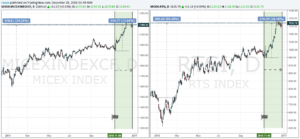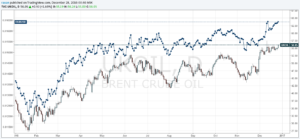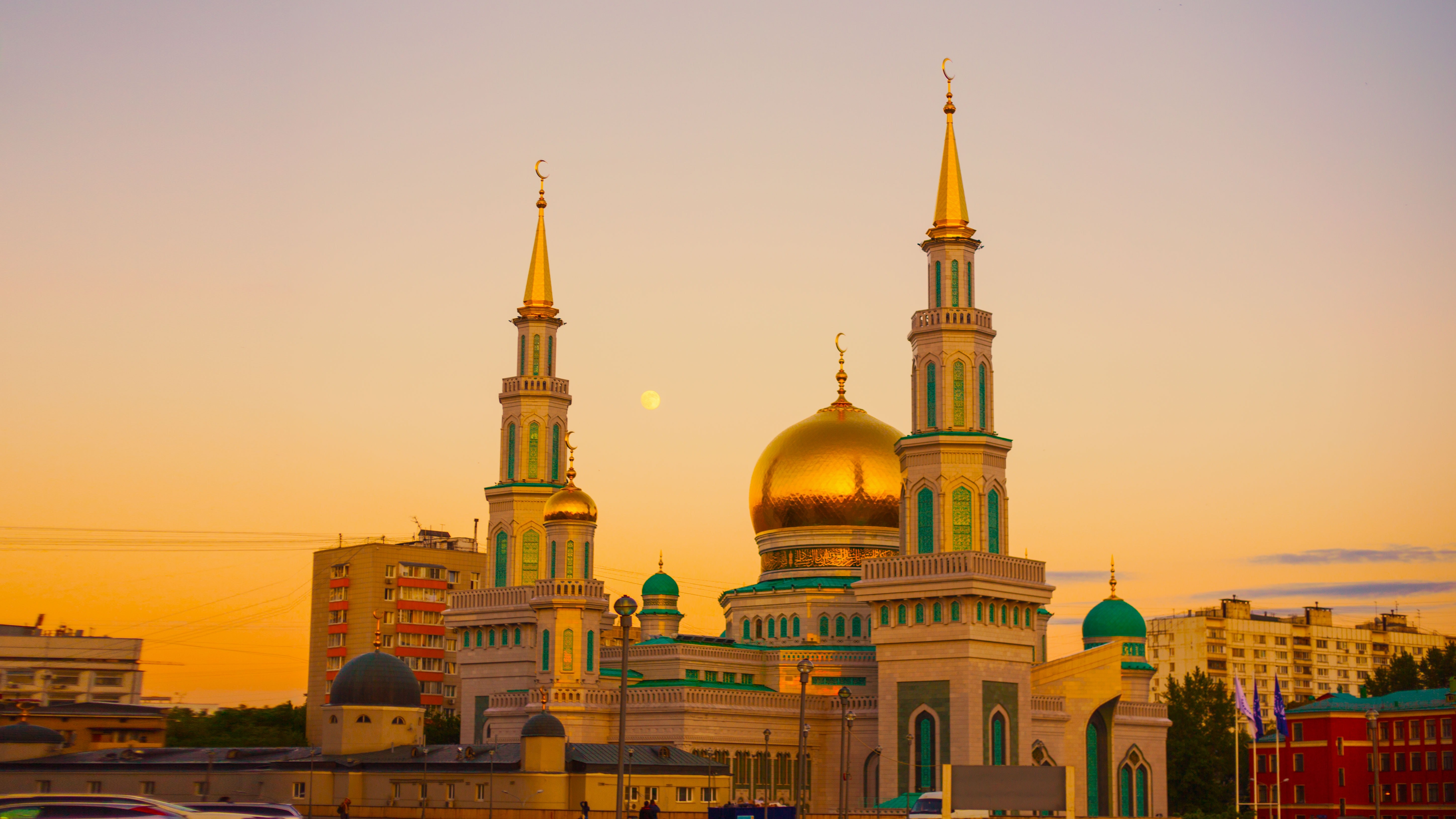Originally published in CNBC
By Rauan Khassan
For Russian traders, the election of Donald Trump has been greeted as a mixed bag — it’s been great news for stock prices and for the ruble currency, but it could spell harm for Russia‘s economic prospects over the longer term.
The outspoken Republican’s victory has led many in the United States to assume that, based on Trump’s warm comments about President Vladimir Putin during the campaign, relations between the two nations will improve. The theory goes that with Trump in the White House, sanctions put in place in 2014 after Moscow’s aggression toward Ukraine will be eased, and that the nomination of Rex Tillerson as secretary of state will benefit a country that in 2013 gave the Exxon Mobil Corp chief executive its Order of Friendship award.
Russian traders in recent weeks, however, have a more nuanced view of how Trump may impact the investment climate in Russia, an outlook that is overwhelming positive now but could soon darken economic prospects for Moscow.
First, the good news.
Russia stocks, like their U.S. counterparts, have soared since Trump’s election. The year-to-date chart of the MICEX Index — tracking the performance in local currency of the 50 largest Russian companies listed on the Moscow Exchange — is up 12.9 percent since the election.
That’s the strongest domestic stock gain globally since Nov. 9 and takes the index’s gains to 24.3 percent since the start of the year. Gains are even more pronounced on the RTS Index, a capitalization-weighted index of 50 Russian stocks denominated in the U.S. dollars. which has been boosted even further by the strengthening ruble. The RTS has gained 18.4 percent since the U.S. election and 50.4 percent since the start of the year.
Russian stocks in 2016

Russian stocks have enjoyed broad gains since Trump’s election and the ruble has gained, too. Click here for a bigger version of this chart.
Source: TradingView
Russian stock gains highlight that Trump’s election was a significant rally trigger that set a general positive tone for Russian equity indices. Indeed, the gains in recent weeks are even more significant when judged against the performance of the MICEX Index in the final month of the past two years. While the MICEX gained almost 5 percent from the start of December to Dec 20, it fell almost 10 percent last December and almost 9 percent in December of 2014.
Gains among Russia’s three largest oil producers are even more pronounced — state oil company OAO Rosneft, Lukoil, Gazprom Neft — up between 15 percent to 20 percent since the election. Traders see that as a portend that the Russian economy could be about to take off, forecast to grow modestly next year after a recession in 2016. Most traders believe 2017 growth forecasts of a 1.4 percent economic expansion are easily achievable, raising the prospect for an upside surprise that would underpin the stock market rally.
Now, the bad news.
Many in the United States believe Tillerson will be good for Russia because of a 2011 cooperation deal he signed with Russia and Rosneft that Putin said could be worth $500 billion, according to The Wall Street Journal, before it was blocked by sanctions. Following that deal, Tillerson received the Order of Friendship, an award bestowed on foreign nationals.
However, traders in Russia view Tillerson as a negative, based on Trump’s expected energy policy. They share the view of former Secretary of State Henry Kissinger: “I pay no attention to this argument that he is too friendly with Russia,” Kissinger said. “He would be useless at the head of Exxon if he was not friendly with Russia … I don’t hear those concerns at all.” More important than Tillerson’s strong business ties to Russia, is that the Trump administration is expected to increase domestic U.S. drilling. That, could push global oil prices lower, hurting the Russian economy.
Indeed, the correlation between Brent Crude Oil and the ruble/U.S. dollar exchange rate raises concerns about Russia’s economic prospect in the light of Trump’s expected energy policy. The price of both oil and the ruble have shifted higher since the November decision by the Organization of Petroleum Exporting Countries to reduce output by about 1.2 million barrels per day by January.
However, Trump policies to boost U.S. output would hurt the price of oil and therefore bruise Russian economic prospects. Trump has said that during his first 100 days, he will start pumping more oil, promising to “lift the restrictions on the production of $50 trillion worth of job-producing American energy reserves.”
Russian ruble and oil in 2016

Russia’s currency and Brent Crude Oil prices are highly correlated, suggesting the outlook for the Russian economy is closely tied to oil prices. Click here for a bigger version of this chart.
Source: TradingView
Traders in Russia have displayed little concern over how the United States might react to revelations of possible Russian influence in the U.S. election. While that story line has attracted sharply worded comments from politicians in Washington and strident headlines in U.S. media outlets, for traders in Moscow it all smacks of politics as usual.
Commentary by Rauan Khassan, the international expansion manager of TradingView, a network for active traders to exchange ideas.

